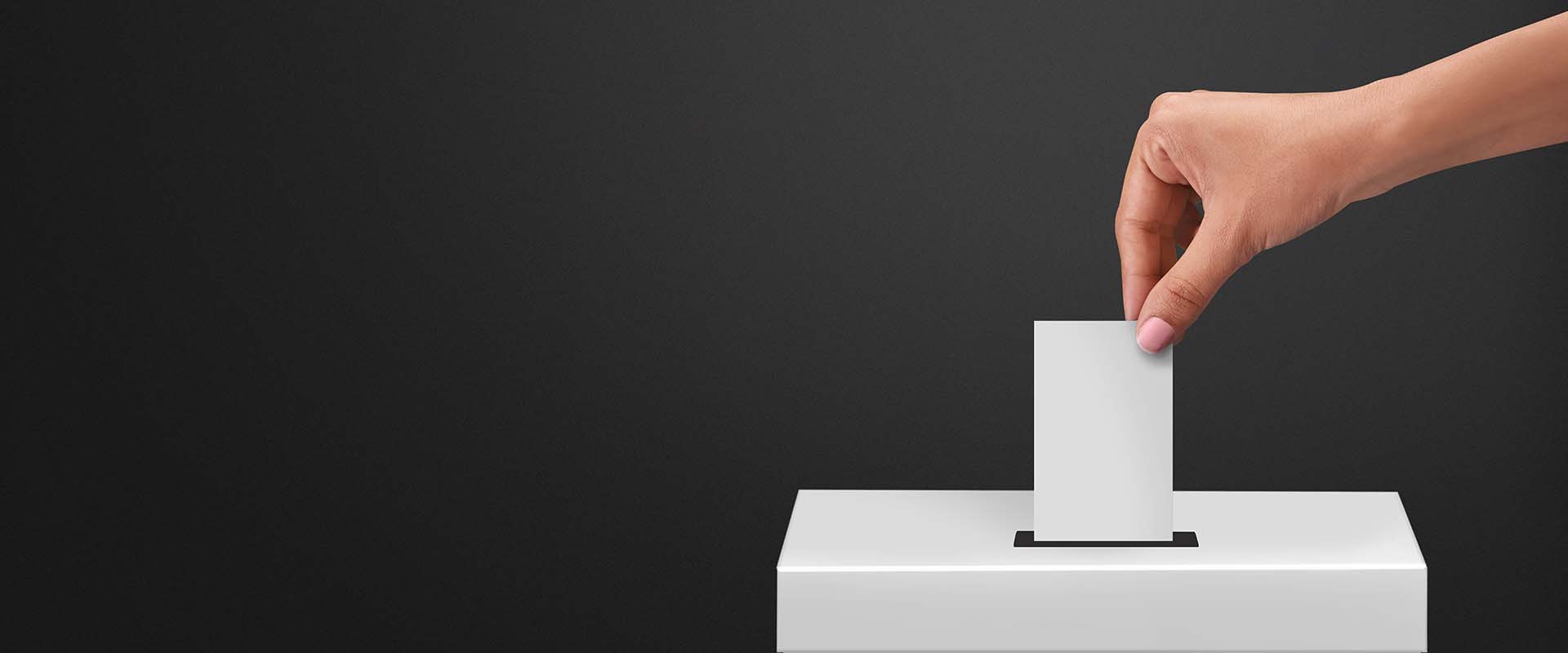Audiology students spend a majority of their time in the classroom studying didactic coursework and in clinic honing their patient-care skills. It is during clinical rotations that students have the opportunity to experience the many different audiology practice settings, from Veteran Affairs medical centers to private practices. These clinical experiences guide students in determining which clinical setting best fits their personality and aligns with their career goals. For the business-savvy student, witnessing the independent operations of private practice and prospect of complete ownership can be enticing. However, as the classic adage goes, with great power comes great responsibility.
What is a Private Practice?
The term “private practice” stems from its legal recognition as an independent business that provides professionally licensed services. According to a 2013 ASHA survey, 28.6% of audiologists work in private practice. Most private practices operate as sole proprietorships, meaning the owner collects all profits but is also liable for any business losses against their personal assets, including lawsuits. In contrast, a limited liability corporation (LLC) provides liability protection for the owner and greater tax benefits, but with profits dispersed to all LLC members.
Office Operations
In private practice, all administrative operations are conducted in-house, from processing insurance claims to employee payroll. The owner is also responsible for facility rent and both audiometric equipment purchases and maintenance. Establishing office protocol and supervising personnel are other prime responsibilities. Simply put, there are many moving parts in an audiology private practice. The major allure of private practice is of course the autonomy and flexibility. The other allure of owning a practice is the concept of not having a boss, which is partially true. A private practice owner does not have one boss but three. Dr. Aaron C. Jones, Director of In-clinic Success at Unitron and a former private practice owner, explains that “in the case of private practice you have three bosses: patients, the IRS, and your state licensing board; those stakeholders determine what you can and cannot do.”
Office Structure
A day in a private practice office starts as it would in any other audiology clinic. When it comes to operating hours, private practices are not bound to a set schedule as are some retail chains and thus can create their own schedule. Some private practices have recently opted for four-day work weeks with ten-hour work days. The same flexibility is applied to scheduling patients and allotting appointment times. With compensation, employees are either hourly or salaried, depending on the owner. Dispensing audiologists or hearing aid dispensers employed in private practice are typically provided with a base pay and commission based on hearing aid sales, per their commission system.
Marketing
In the realm of private practice, word-of-mouth marketing is golden. Other marketing methods include direct mail, print advertising, and more recently, social media platforms such as Facebook. Private practices will often seek to establish relationships with ENTs and physicians for referrals, as they generate 15% of their practice revenue (Tysoe, 2016). These referral relationships can be established simply through direct contact and fostered with a positive reputation (e.g. timely and quality reports). Some practices will also join a medical consulting group who then manages their marketing initiatives.
Billing & Insurance
The most time consuming administrative task in an audiology private practice is billing and processing insurance claims. In fact, a practice will typically have an employee who solely oversees it. The type of insurance accepted significantly influences both the patient demographic and revenue of a private practice. The three major insurance entities are private insurance, Medicaid, and Medicare. Before accepting an insurance plan, a private practice must become a provider and join their network, which is a process. Dr. June McCullough, Professor of Audiology at San Jose State University and a private practice owner notes that “it takes a long time to become a provider for many insurance companies.” The audiologist must then properly cite diagnostic codes (ICD-10) and procedure codes (Current Procedural Terminology – CPT) according to their Superbill protocol to be sufficiently reimbursed. Diagnostic evaluations ordered by a physician are usually covered, while assessments for hearing loss may not be. Further, most insurance plans do not provide coverage for hearing aids.
Revenue & OTCs
Reimbursement for hearing and balance services are set by an insurance schedule fee and the patient’s coverage plan. For example, Medicare will reimburse a practice the non-facility fee of $38.40 for the well-known CPT code 92557 Comprehensive Audiologic Exam. A facility is defined as a hospital or nursing home, while a non-facility is any other outpatient clinical setting, including private practice. Practices will also set their own pricing for patients who do not have coverage for a desired service or product.
Hearing aid sales have traditionally been the main source of revenue and profitability for private practices. When hearing aids are paid out-of-pocket, the payment is made directly to the practice. A profit margin percentage set by the owner determines the selling price, factoring office overhead costs and projected revenue. Unbundling and bundling are other factors in pricing and vary by practice. An owner will then review the key performance indicators (KPI) to determine how effective their pricing strategy is. An example of a bilateral hearing aid purchase with a 60% profit margin and 15% commission rate is shown below.
|
wholesale price / cost of goods (COGs) |
$1400 ($700 per device) |
|
Selling Price |
$3500 ($1750 per device) |
|
Profit |
$2100 ($1050 per device) |
|
Commission |
$315 for entire purchase |
The introduction of OTC hearing aids are certainly a concern for private practices. To remain viable, owners must adjust how they present their expertise and value to the public. Dr. Jones advises that practices begin “itemizing and unbundling products and professional services” and to focus on “niche markets like animal audiology, vestibular, auditory processing and ototoxicity monitoring.” Dr. McCullough adds that OTCs “will raise the profile of hearing technology and get people some help earlier rather than later.” As such, OTCs may actually serve as a stepping stone for more people to seek additional care from audiologists.
Preparation
Students interested in owning or joining a private practice are advised to first gain experience in the setting and also do their own research. This includes interviewing and shadowing private practice owners, specifically those in the specialization they are interested in (e.g. vestibular assessment). For those leaning towards ownership, taking courses in accounting and marketing will provide the foundational knowledge. Lastly, self-introspection regarding one’s skill set, abilities, and ambitions will provide guidance in terms of motivation to be in private practice.
As an audiology student, your journey in the field is just beginning. Whether you possess the entrepreneurial spirit or not, it is important to experience different clinical settings to expand your understanding of the field and hone your adaptive patient-care techniques as a future clinician.
Additional Resources:
Sueanne Phan is currently a first-year graduate student and serves on the National Student Academy of Audiology (SAA) Communications Committee. She was previously the Vice President and Interim President of the SAA Chapter at the University of the Pacific.
Related Posts
Power of the Constituent Campaign
By Lindee Alvarez What is Power of the Constituent (POTC)? The Power of the Constituent Campaign is a national Student Academy of Audiology (SAA) advocacy campaign (formerly National Day at Your State Capitol) geared toward spreading awareness of audiology and legislation changes that affect the profession. The POTC Campaign encourages students to go to their…
Tips On Transitioning From Undergraduate to Graduate Student; Student to Audiology Professional
The ending of school semester can bring about big changes in the lives of students. In some cases, it can mean the closing of one academic chapter and the beginning of a new one or it could mean leaving school behind and starting an exciting new career as an audiology professional! National SAA provides students…
Meet the Candidates for the 2023-2024 National SAA Board of Directors Member-at-Large Position
It’s that time of year again! It’s time to vote for the 2023-2024 national Student Academy of Audiology (SAA) Board of Directors! The SAA Board of Directors serves as the connection among the national SAA, local SAA chapters, student volunteers, and student members. Board members represent the breadth and depth of SAA initiatives and interests…



